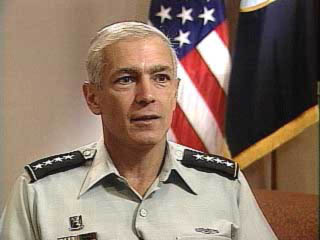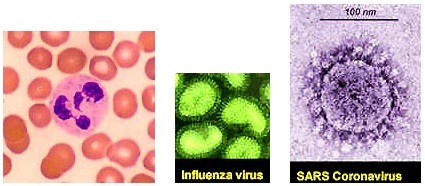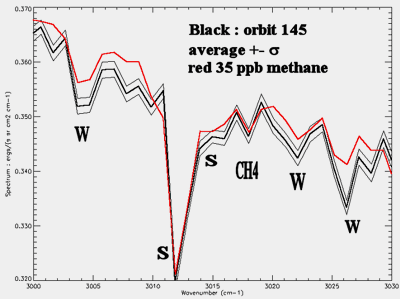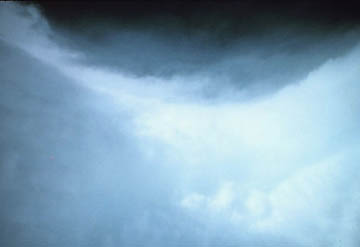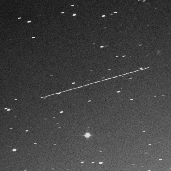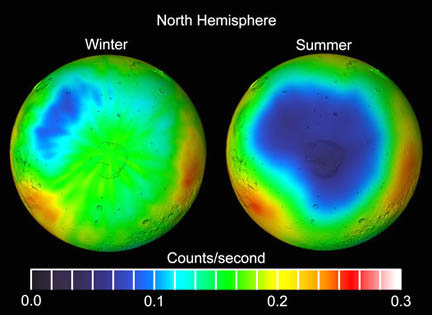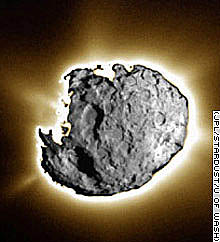"Speculation is that already methane is a rather strong indicator life is probably present today on Mars. ...Formaldehyde (also detected?) is destroyed in the Martian atmosphere within 7.5 hours. There is no way that formaldehyde can exist and remain for a long time in the Martian atmosphere. If (formaldehyde) confirmed (in addition to the confirmed methane, possibly life on Mars today, yes."
- Vittorio Formisano, Ph.D., Physicist , May 6, 2004
July 22, 2004 - Today I was scheduled to interview physicist Vittorio Formisano at the COSPAR (Committee On Space Research) meeting in Paris where he was scheduled to hold a press conference to announce the final results of his Planetary Fourier Spectrometer mounted on the European Space Agency's (ESA) Mars Express Orbiter.Vittorio Formisano, Ph.D., is the Principal Investigator of the Planetary Fourier Spectrometer (PFS) which he built and designed to detect methane and other gaseous molecules. Dr. Formisano is based at the Institute of Physics and Interplanetary Science in Rome, Italy, and has been commuting to ESA offices in Darmstadt, Germany, to gather more data from the Planetary Fourier Spectrometer in hopes that he can confirm the location of one or more sources of the Martian methane, as well as molecular indications of formaldehyde, benzene and ammonia. The presence of those molecules in the Martian atmosphere, would most likely mean a life process of some kind, he told me in my previous May 6, 2004, interview with him while he was working in his Rome office. See: 05-06-04 Earthfiles.
Click here to subscribe and get instant access to read this report.
Click here to check your existing subscription status.
Existing members, login below:
